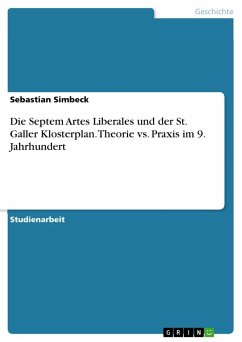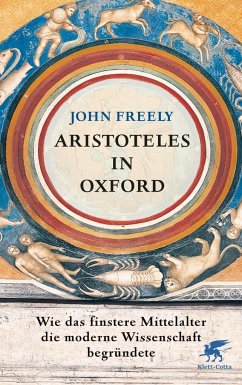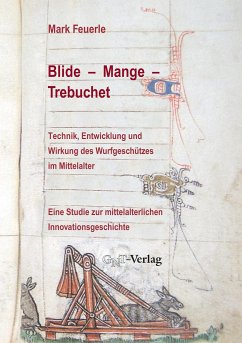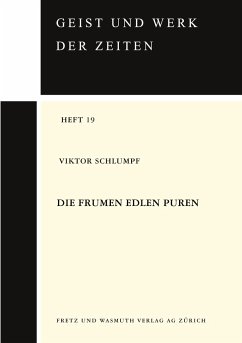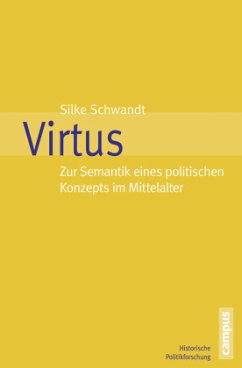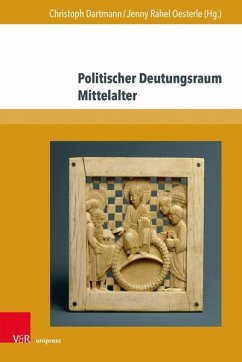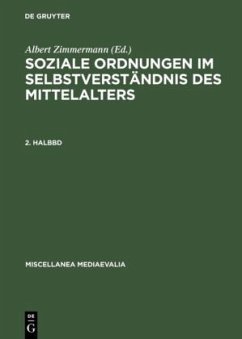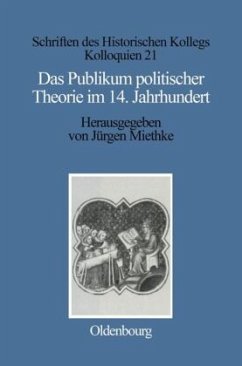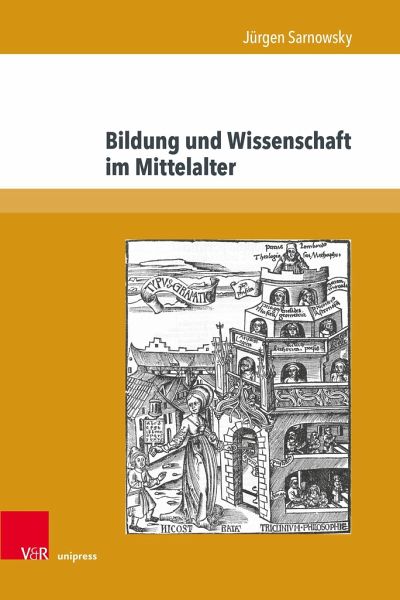
Bildung und Wissenschaft im Mittelalter

PAYBACK Punkte
0 °P sammeln!
Die Vielgestaltigkeit und Tiefe mittelalterlicher Bildung und Wissenschaft wird häufig unterschätzt. Gerade das spätere Mittelalter entwickelte eine Fülle von Ansätzen und Konzepten. Aber auch schon das Denken der antiken oder frühmittelalterlichen Menschen war ähnlich komplex wie das der späteren. Bedeutsame Entwicklungen vollzogen sich im Mittelalter zum einen im Bereich der Bildungsinstitutionen, von den Kloster- und Kathedralschulen bis hin zum Schulwesen des späteren Mittelalters, zum anderen in den verschiedenen Disziplinen, von den sieben freien Künsten über Philosophie, Theo...
Die Vielgestaltigkeit und Tiefe mittelalterlicher Bildung und Wissenschaft wird häufig unterschätzt. Gerade das spätere Mittelalter entwickelte eine Fülle von Ansätzen und Konzepten. Aber auch schon das Denken der antiken oder frühmittelalterlichen Menschen war ähnlich komplex wie das der späteren. Bedeutsame Entwicklungen vollzogen sich im Mittelalter zum einen im Bereich der Bildungsinstitutionen, von den Kloster- und Kathedralschulen bis hin zum Schulwesen des späteren Mittelalters, zum anderen in den verschiedenen Disziplinen, von den sieben freien Künsten über Philosophie, Theologie, Recht, Geschichtsschreibung und politische Theorie hin zu den mechanischen und magischen Künsten. Dabei geht es keineswegs darum, im hegelianischen Sinne einen Prozess der allmählichen Bewusstwerdung des menschlichen Geistes nachzuzeichnen. Der Band zeigt vielmehr die wachsende Vielfältigkeit der Gedankenwelten, sowohl in einem chronologischen Durchgang durch die Geschichte der Institutionenund der Lehrpläne als auch in Überblicken über die mittelalterliche Entfaltung der Fächer und Themen.
The diversity and depth of medieval literacy and scientific thought has often been underestimated. Even though there was no continuous process of rising human consciousness and awareness and no rise of complexity in thought in comparison between antiquity, the earlier and the later middle ages, there was a growing corpus of knowledge and an intense development of institutions, starting from the monastic and cathedral schools and leading to universities and other later forms of schools. The book follows these developments as well as the evolvement of the various disciplines, starting from the seven liberal arts, philosophy, theology and law to history, political theory, and the seven mechanical and magical arts. Thus, it will demonstrate the rising compexity of scientific ideas and methodological approaches which provided an important starting point for the modern developments.
The diversity and depth of medieval literacy and scientific thought has often been underestimated. Even though there was no continuous process of rising human consciousness and awareness and no rise of complexity in thought in comparison between antiquity, the earlier and the later middle ages, there was a growing corpus of knowledge and an intense development of institutions, starting from the monastic and cathedral schools and leading to universities and other later forms of schools. The book follows these developments as well as the evolvement of the various disciplines, starting from the seven liberal arts, philosophy, theology and law to history, political theory, and the seven mechanical and magical arts. Thus, it will demonstrate the rising compexity of scientific ideas and methodological approaches which provided an important starting point for the modern developments.
Dieser Artikel kann nur an eine deutsche Lieferadresse ausgeliefert werden.




